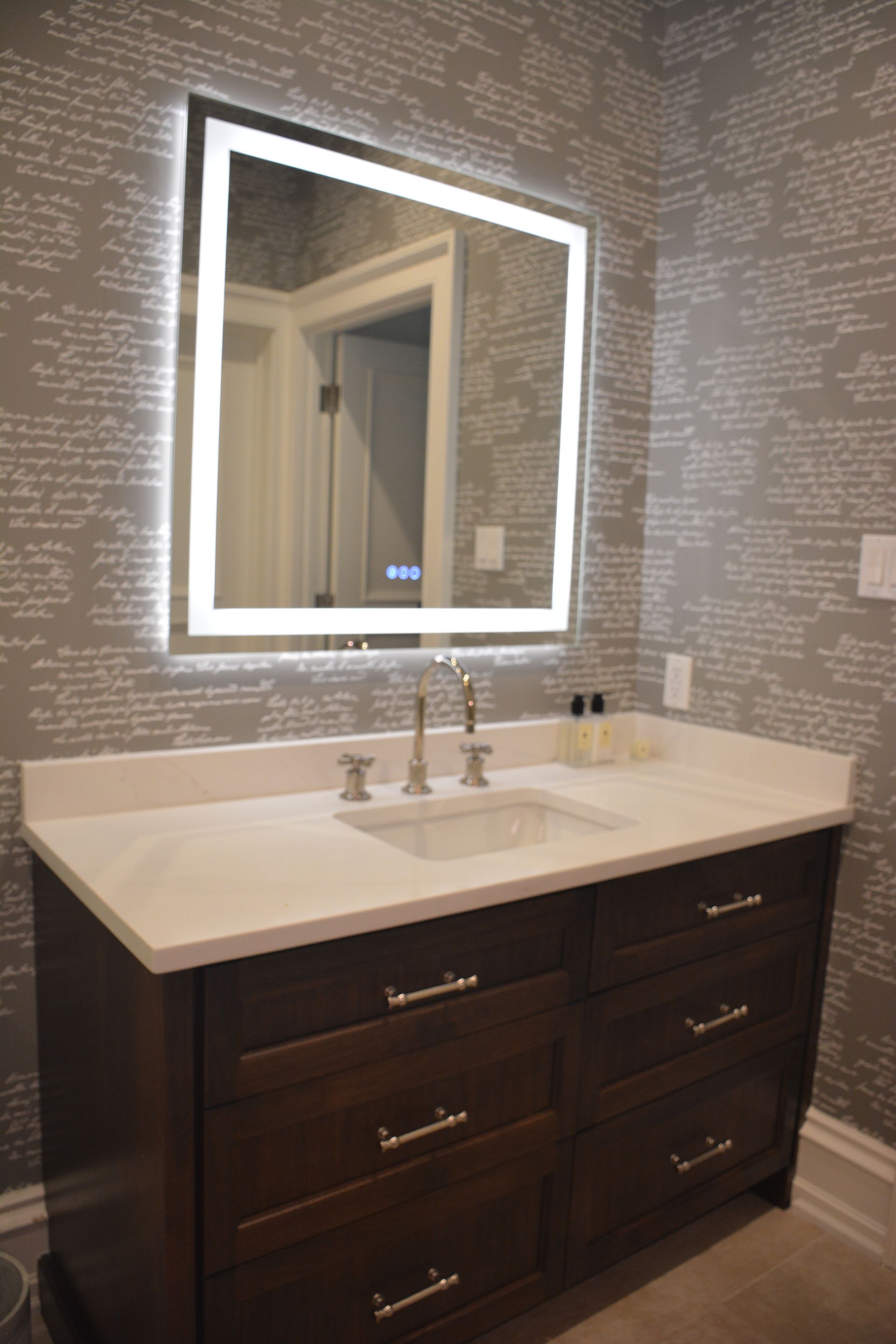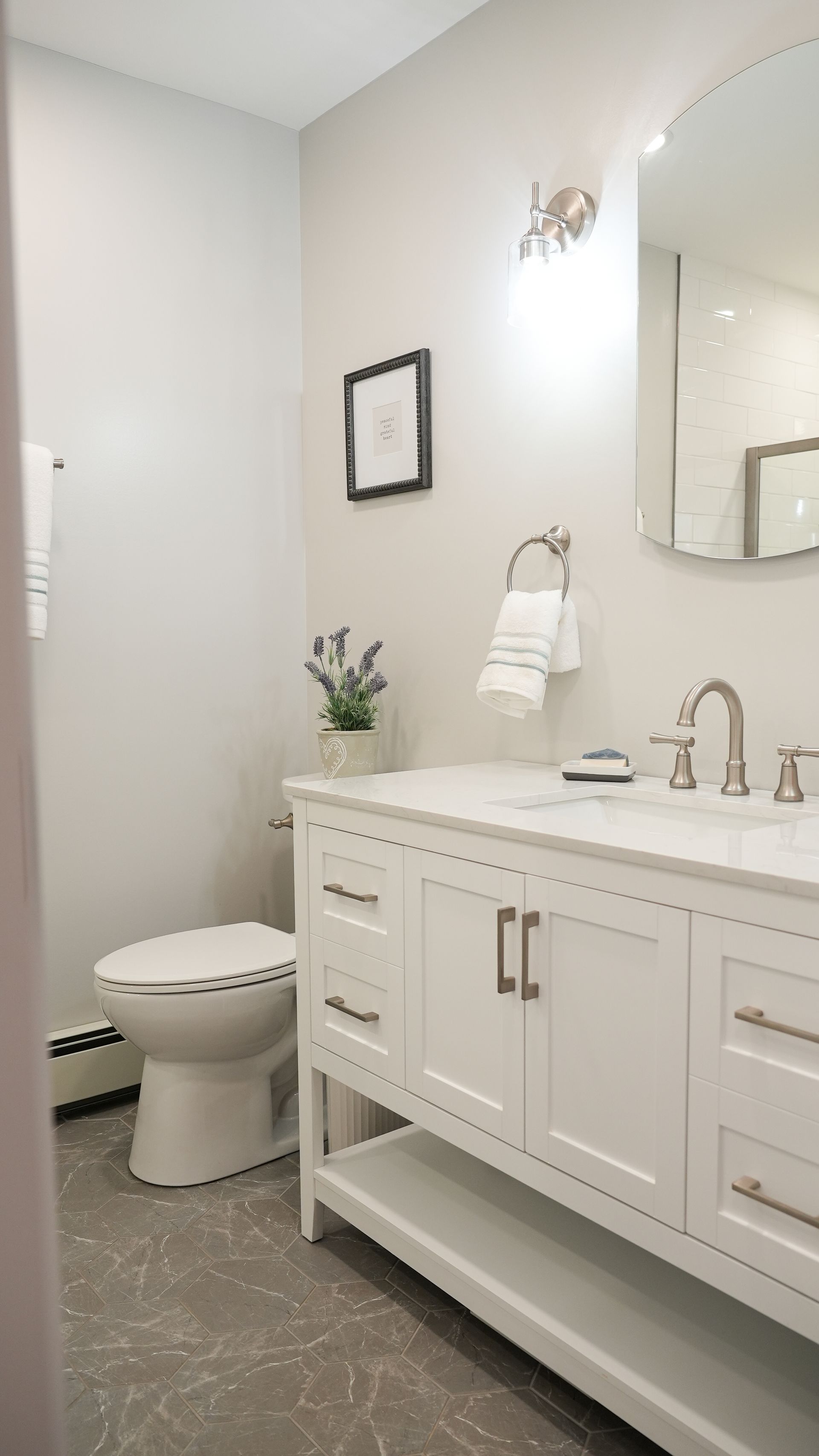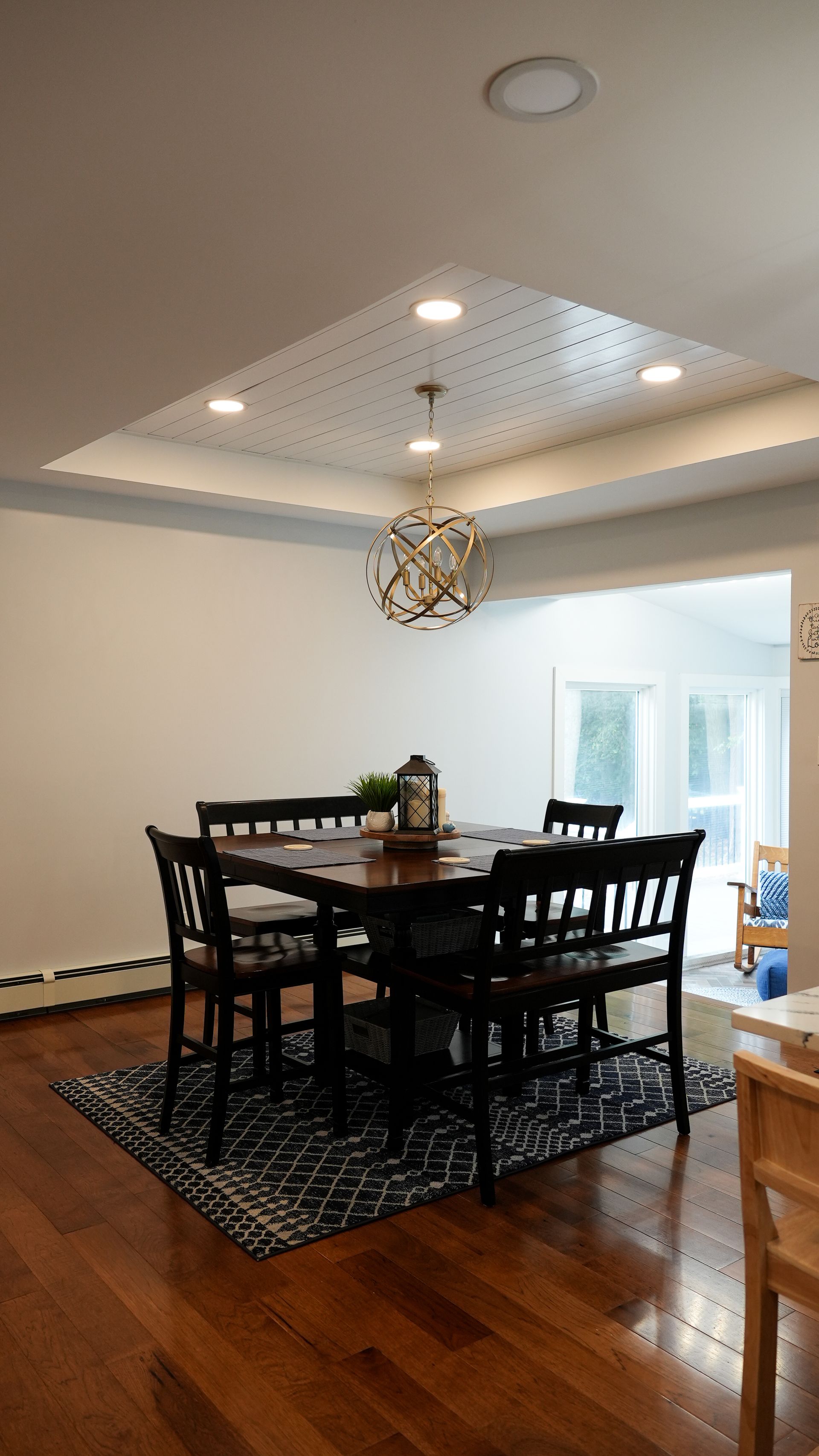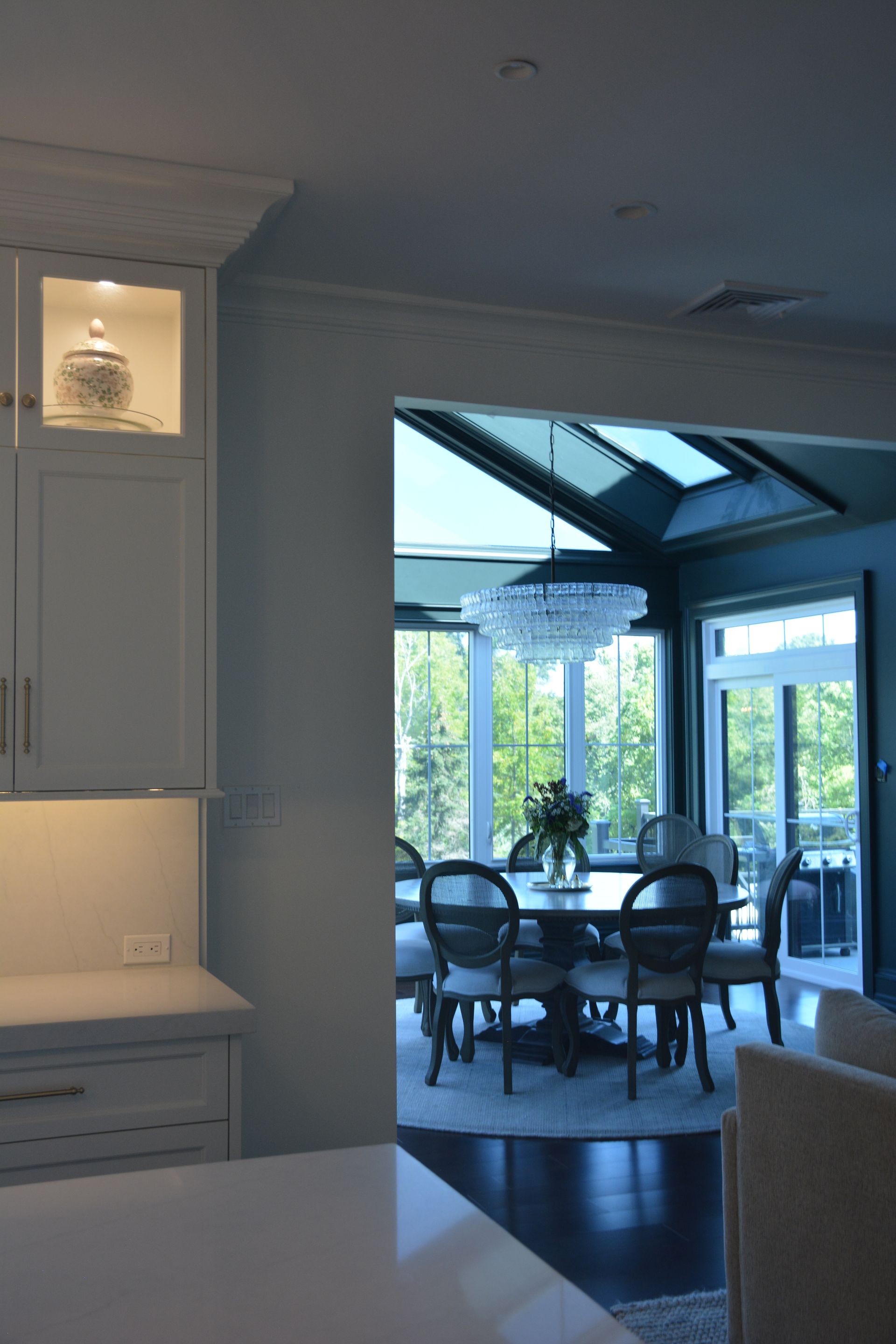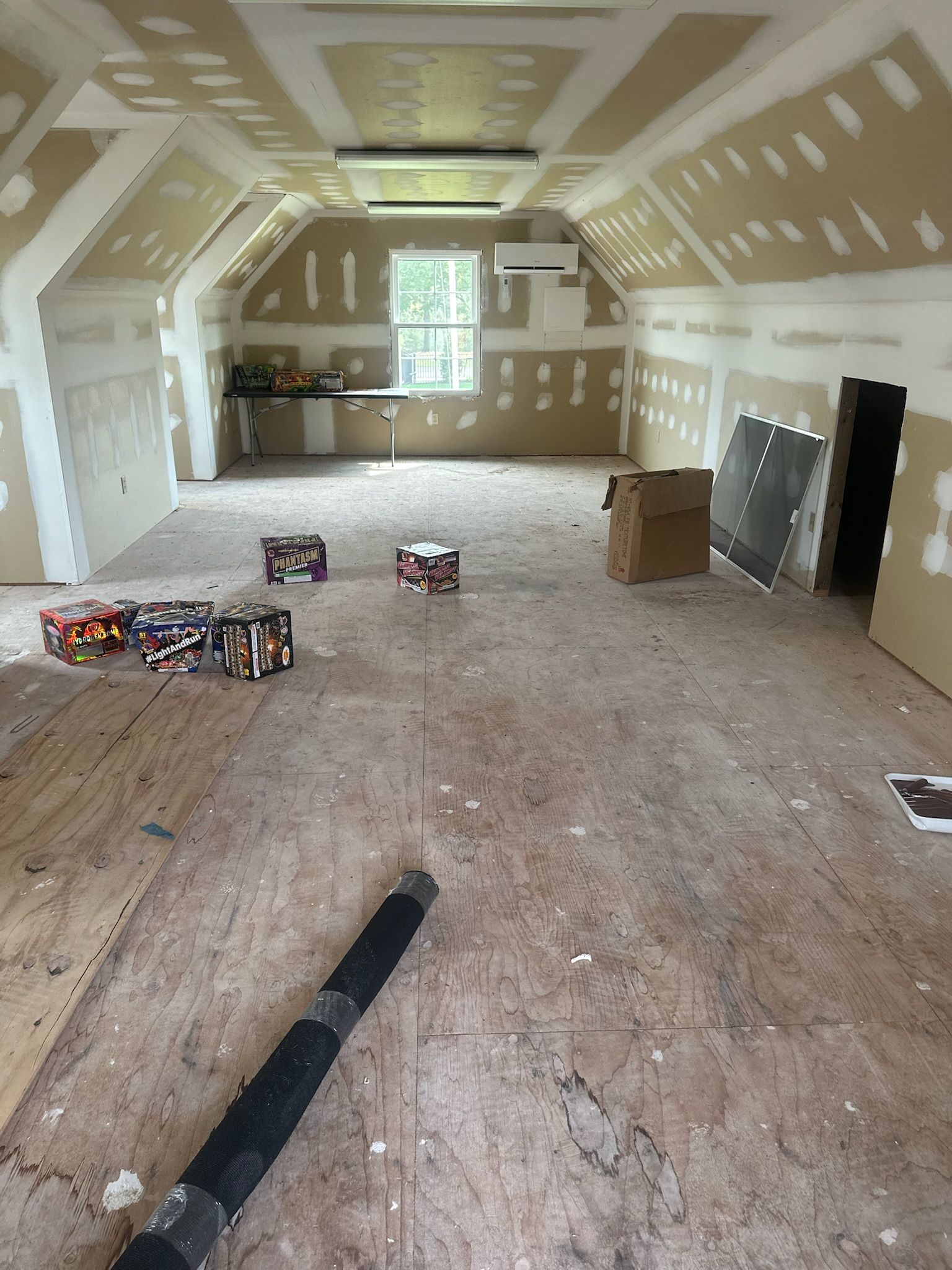How Do I Compare Bids for a Whole-House Remodel Fairly?
Why Remodel Bids Can Vary So Much
If you’ve requested quotes for a full-home renovation, you’ve probably noticed something: no two bids ever look the same.
One contractor might come in way lower, another higher, and the third somewhere in between. It’s confusing — but it doesn’t mean anyone’s wrong
At Caliber Construction™, we teach clients how to compare apples to apples, because not every bid covers the same materials, labor quality, or scope. The goal isn’t just to find the lowest number — it’s to understand what you’re actually getting for it.
Step 1: Compare the Scope, Not the Price
Before you look at totals, make sure you’re comparing the same scope of work.
Ask yourself:
- Does each contractor include everything you discussed?
- Are demolition, permits, and debris removal included?
- Are finishes (paint, flooring, cabinetry) clearly specified?
- Are allowances realistic for your level of quality and design?
A lower price may mean corners were cut or major items were left out. Always confirm what’s included in writing.
Step 2: Review the Materials and Specifications
Two bids can differ by tens of thousands depending on materials.
Example: One might quote builder-grade cabinets and laminate counters, while another includes custom wood cabinetry and quartzite. Both are technically “kitchens,” but they’re nowhere near the same quality.
Look for specific brands, materials, and installation standards in each proposal — not vague terms like “high quality” or “standard materials.”
Step 3: Evaluate Experience and Professionalism
The lowest bid often comes from contractors who are either cutting corners, inexperienced, or working without proper licensing or insurance.
Always ask:
- Are they licensed and insured?
- Do they use subcontractors or in-house professionals?
- Can they show photos or references from similar projects?
- How detailed and professional was their proposal?
You’re not just hiring a price — you’re hiring a process. The best contractors are transparent, organized, and proactive.
Step 4: Understand Payment Schedules and Timing
How a contractor structures payments tells you a lot about their business.
Fair payment plans are tied to project milestones, not arbitrary dates.
For example, payments should align with phases like framing, drywall, trim, and final walkthrough — not just “50% up front.”
Also pay attention to timelines. A “faster” completion date may sound good, but unrealistic scheduling is a red flag — good work takes time.
Step 5: Don’t Overlook Communication and Compatibility
You’ll be working closely with your contractor for months — communication matters.
Ask yourself:
- Who actually manages the job day to day?
- How fast do they respond to questions?
- Do they explain things clearly, or make you feel rushed?
The right contractor won’t just build your house — they’ll protect your investment, your timeline, and your peace of mind.
The Caliber Construction™ Approach
When we submit a proposal, we make it as clear as possible:
- Line-by-line breakdowns of labor and materials.
- Specific product allowances and design options.
- Transparent payment milestones.
- A realistic schedule based on real-world experience.
Our goal isn’t to be the cheapest — it’s to deliver the most value. Every dollar spent with us goes toward quality, professionalism, and lasting results.
My Professional Advice
When comparing bids, ask each contractor to explain exactly what’s included, what’s excluded, and what could change during the project.
If one bid is significantly lower, it’s almost always because something is missing.
Choose the contractor who gives you clarity, not confusion.
That’s who you can trust to finish the job right — not just start it cheap.
Ready to Compare Bids the Right Way?
Before making a decision, let Caliber Construction™ walk you through what a professional, fully detailed proposal should look like.
We’ll show you what’s worth paying for, what’s not, and how to make sure your investment delivers real value.

